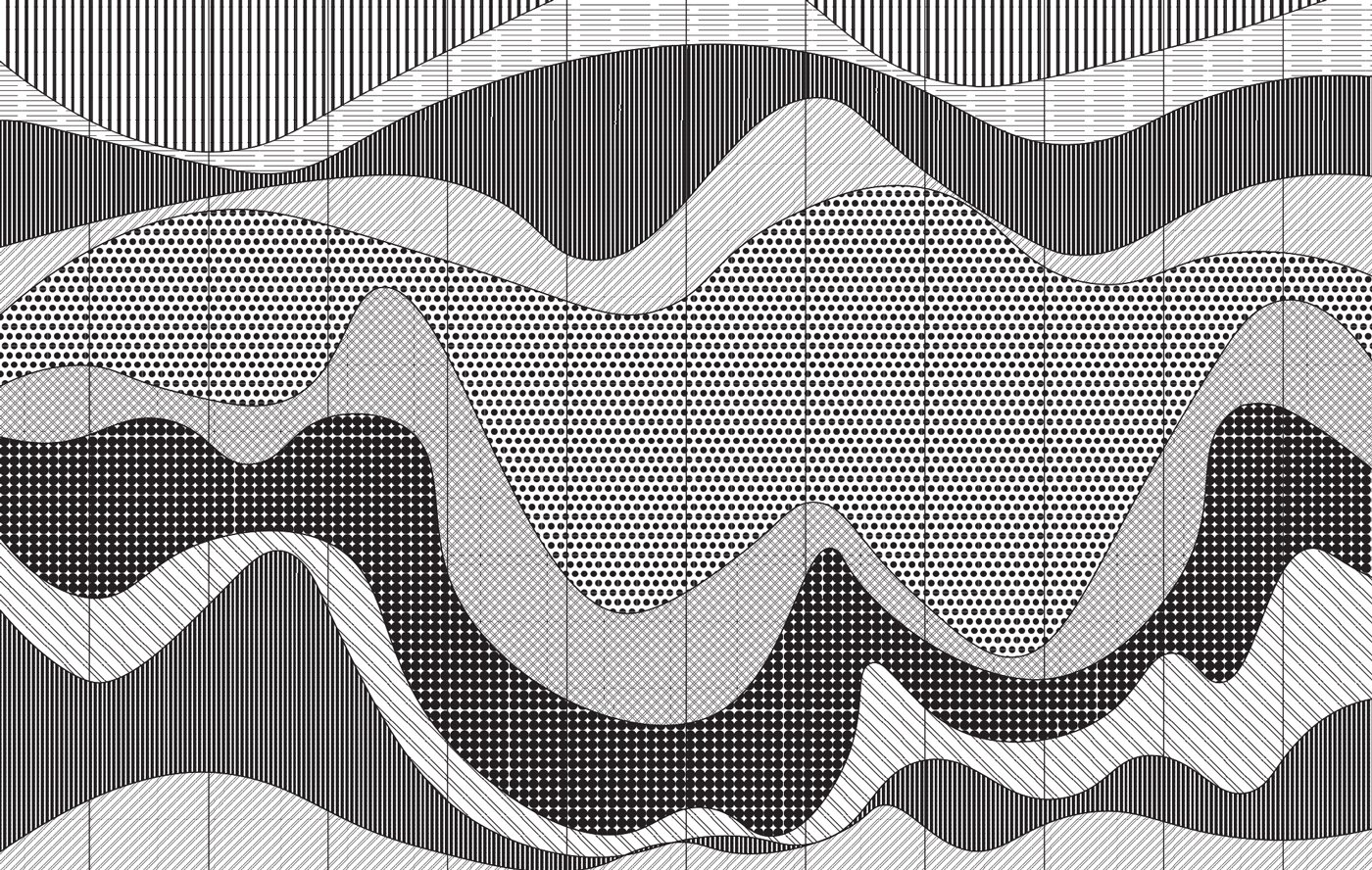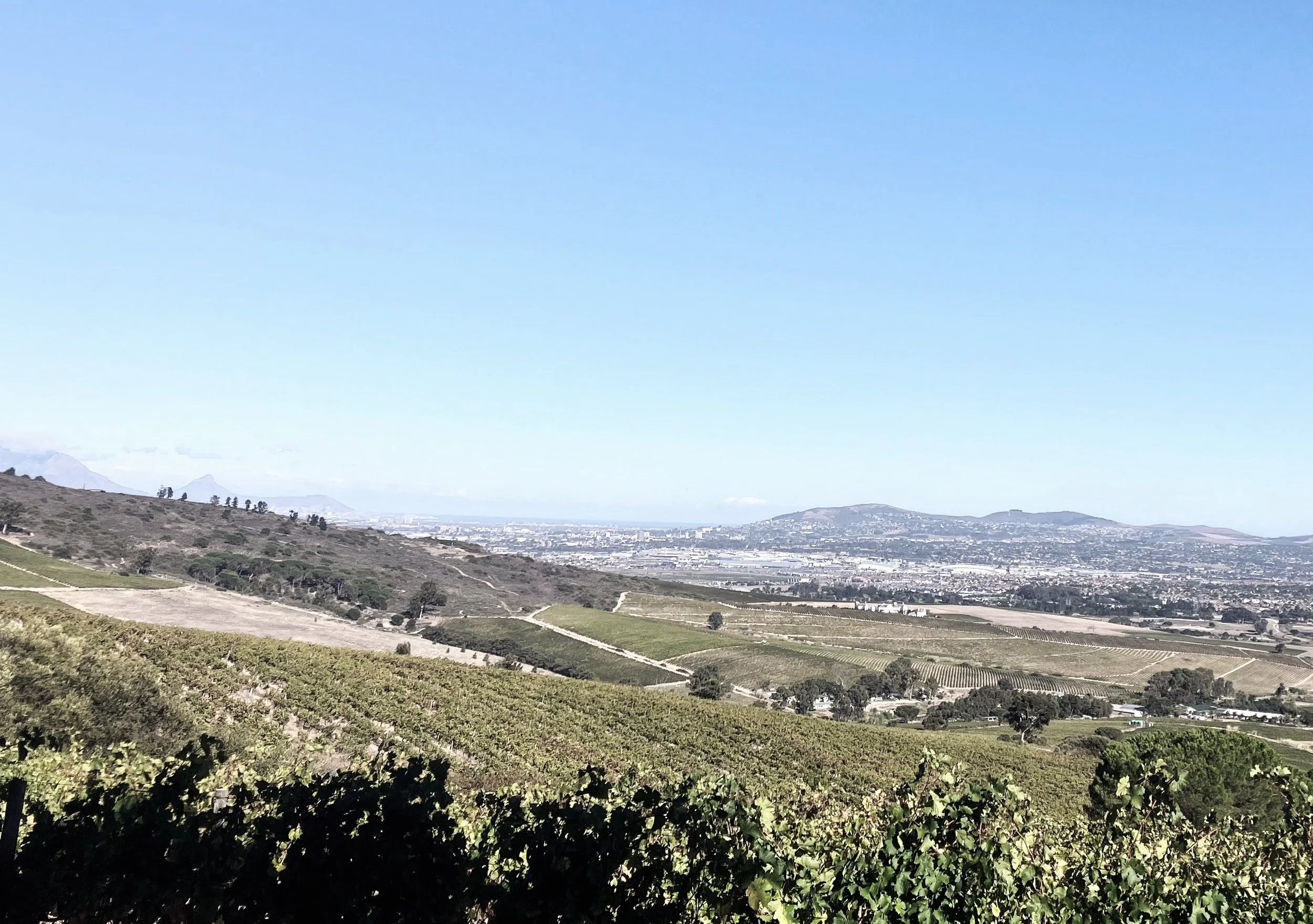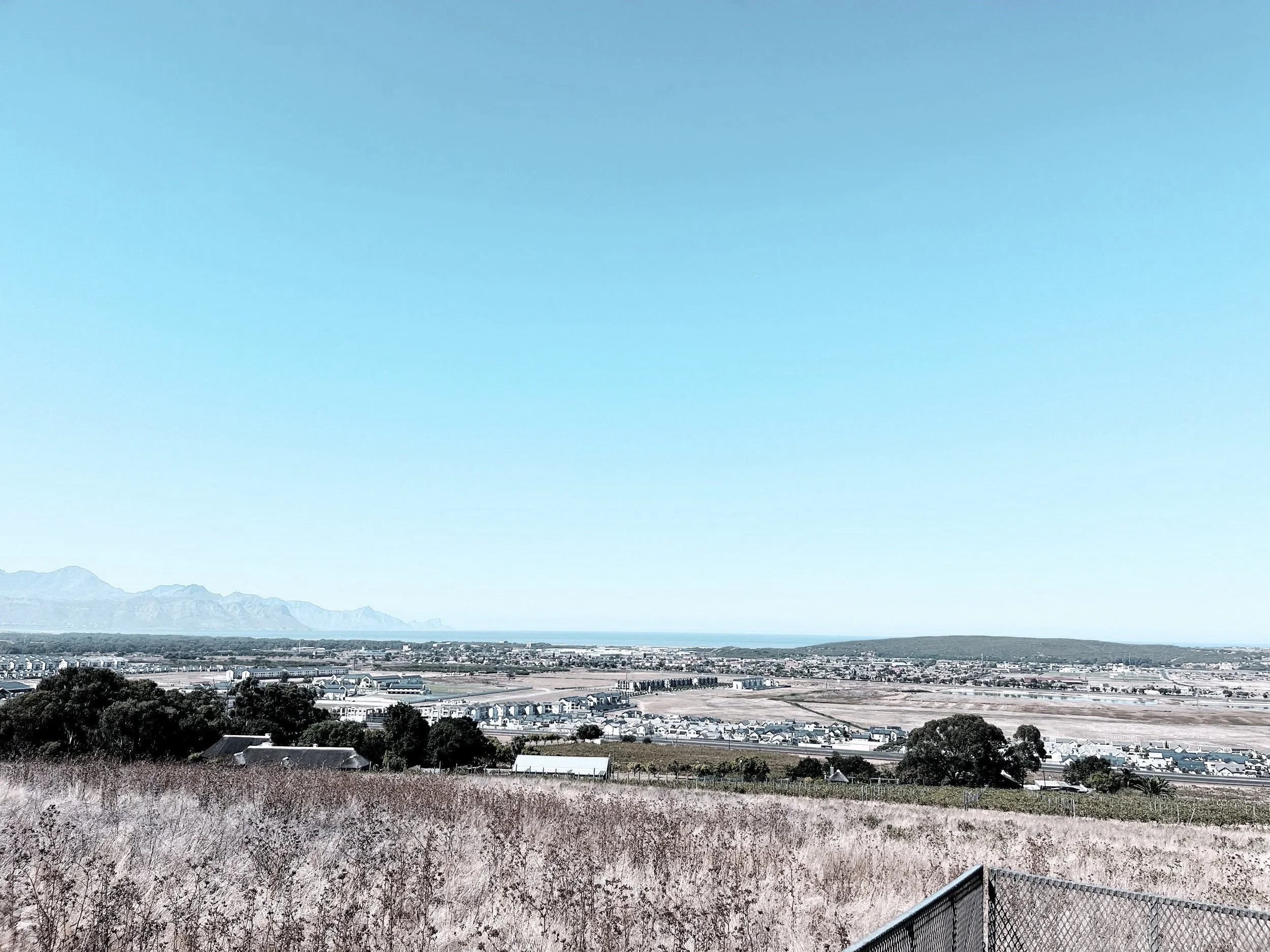
VINEYARDS in the Cape of Good Hope
The history of winegrowing in the Cape of South Africa is captivating - a trove of secrets and anecdotes which has led us to a special collection of vineyards.
Cabernet franc is an old soul. Tough, resilient, and a parent cultivar to a few varieties that are familiar across the world. It is particularly adaptive - justly proven over time by disparate appellations of different climes - though can be traced back to an origin in the western Pyrenees of Basque country. This grape, when fermented to wine, speaks to us quietly. And there is only joy when we listen.
In a landscape as diverse as ours, with an endless myriad of soils, flavour and texture manifest in mysterious ways. The discovery of these nuances drives our pursuit.
Flight Farm Elgin
A ‘jungle’ vineyard in Elgin. It is strong and seemingly unkempt, with a magnetic energy that attracts - frogs, birds, the aromas of red-skinned apples that surround it, and the rampant fennel that grows below. This parcel, living in deep and stony Bokkeveld shale soils, provides a core of ripe fruit on the mid palate. There is a ‘coolness’ about it that refreshes and lifts.
The Robert’s family have been farming here since the 1950s. They, just like their grapevines, are deeply rooted to this place.
Wendy’s Elgin
Standing on a rocky perch, the dark river below slides around a corner into a maze of hills to the southwest. As you lift your gaze, each hill is silhouetted by another until a full frame of the Kogelberg mountains is complete. It’s easy to forget that just beyond, the seaside towns of Pringle and Betty’s Bay are defenceless from the weather brought up by the southern oceans. But here, it is peaceful.
These vines, overlooking a bend of the Palmiet River, are spectacular. The site was seen by Prof. Eben Archer, the godfather of modern South African viticulture, as having potential for cabernet franc. So a small block of dry-farmed franc lives! The wine is delicate in texture, yet explosively aromatic.
Sands Paarl
There is nothing glamorous about the vlakte that lead you eastwards toward the granitic Paarl mountains. Oom Jannie, who farms an old portion of the Matjieskuil farm tends to cattle, sheep, apricots and grapevines on the soft and sandy soils.
Planted in 1994, these bushvines are a rarity as far as cabernet franc is concerned - even more so as it is still clean of leafroll virus. It lives without irrigation on weathered Table Mountain sandstone, quartz peppered through the profile, on a deep bed of clay. Every year it’s the first pick of the season in early February, to retain its vividity. The wine brings a certain silkiness with prominent strawberry flavours - a virtue of this particularly warm clime.
Land of Birds Bot River
As you coast down the Houwhoek Pass toward the end of August, the Elgin valley now behind you, your mood lifts as the rolling hills of the Overberg unfold ahead. Pops of yellow from flowering canola amongst the endless verdancy of wheat, barley and oat fields.
This is a special place for us, having farmed grapevines and olive trees on Gabriëlskloof for years. The franc from their vineyard here brings a savoury and saline edge with unruly tannins - broody and dark. Another parcel on the old farm of Compagnesdrift is a perfect counterpart - only six years old on Bokkeveld shale - producing a shy wine that eventually reveals a fynbos perfumery.
Kallie’s Bottleray Hills
A labyrinth of granitic outcrops and precarious slopes. To the west, Table Mountain imposes itself over the flats. From December, often until the end of February, a constant breeze coming from the south east tempers the intense heat from the sun on these hills - the Cape Doctor, we like to call it.
The Bottelary Hills, along with the Polkadraai Hills, has grown in importance for cabernet franc with a core of ambitious producers enjoying the contrasting profile of their wines to those closer to the mountains. This parcel gives us a wine of wonderful weight with nostalgic aromas of potpourri.
Sinai Hill Stellenbosch
Sinai Hill has gained deserved interest from the wine community in the recent past. The closest to the sea of four granitic outcrops surrounding the Stellenbosch/Helderberg complex, southwest of Somerset West. You can hear the waves breaking in False Bay 4km away. If you like, you can lick the leaves and taste the salt that blows up in summer. Dryland, and rather scraggly from years of commercial farming, this parcel needs some tender, loving care. But like fixing an old tractor and hearing it kick into life, the wine is strong and resilient - quintessentially South African.
Monifay Farm Elgin
Our home. An inviting space of raw Overberg beauty. Undulating terraces dipping in and out of moist kloofies that guide the eyes toward the Kogelberg mountains in the southwest. Once a bounty of golden delicious apples and packham pears - planted until 20 years ago - today, it has been taken back by nature. Covered in indigenous imphepho and halleria lucida, with relics of apples and pears trees still scattered about. Although the inevitable bluegum, pine and bramble joined the party, and as we re-wild the farm to regain a natural balance, a splendour of fertile slopes is revealing itself. The excitement of planting grapevines in this cool sun grows. One day. When we grow up.







